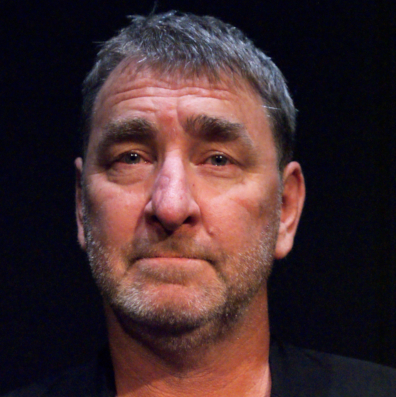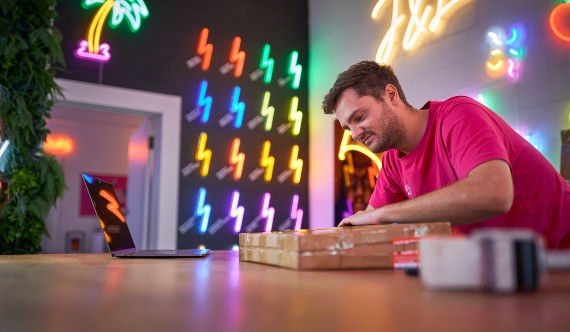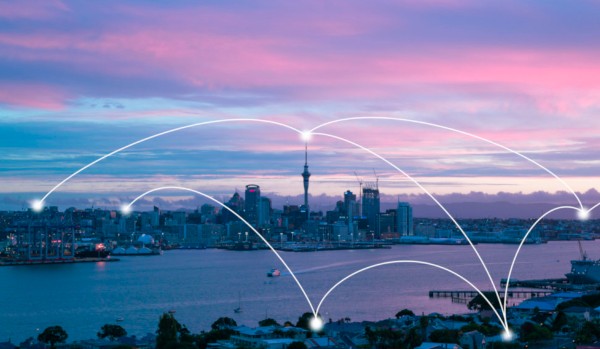To the uninitiated, "condition monitoring" might sound like something a doctor does. And it sort of is, but for machines instead of humans. Condition monitoring is one of the key applications for the Internet of Things. And like many IoT uses, it has a substantial prehistory.
In sectors from manufacturing to energy, businesses have long assessed the fitness of plant machinery by measuring certain parameters. For example, the level of vibration is a pretty good way of assessing the state of any machine that includes a rotating device. Noise is monitored in a similar way. And lubricant analysis is an established means of assessing not only the state of the oil in machines, but also the state of the machinery itself. In human terms, you can think of a heart monitor, a stethoscope to your chest and a blood test.
Most of the time, that monitoring has been periodic, not continuous. Technicians might record data from a machine for a specific period, called "route-based monitoring". Or they might visit the machine with a portable device that reads built-in sensors, called "portable machine diagnostics". Factory assurance testing of end products is also a form of condition monitoring. Particular patterns of product failure often point to problems with manufacturing equipment.
Connected electronics and the Internet of Things are now enabling the step up to real-time monitoring. Along with this, online delivery and analysis of data may help to predict the need for maintenance before any failure occurs. Well-implemented IoT condition monitoring should reduce maintenance costs, maximise uptime (and therefore productivity), extend the lifetime of machinery and optimise the management of spare parts inventories. The data produced by IoT condition monitoring can even help improve manufacturing machinery by identifying design flaws.
Breaking down silos
But it's not always an easy transition. As IoT World Today has observed, operational technology (that is, the traditional systems used to monitor industrial machinery) and IT have often dwelt in different business silos. They may not be used to talking to each other.
Read IoT World Today article
One of the key drivers of the IoT revolution is the way sensors have become cheaper and easier to deploy in large numbers. So departments used to assessing data on the basis of human expertise and experience will need to transition to IoT systems that not only deliver far more data but also provide new ways to visualise and analyse that data. AI and machine learning can enhance the analysis of real-time monitoring data in combination with historical data. Through pattern recognition, AI and machine learning can achieve what would be difficult for even the most expert staff unaided.
Maintenance practices may also change. It’s one thing to be able to predict when, say, a bearing is likely to fail. It's quite another to be able to analyse the process factors that contribute to bearings failing and actually improve the process.
Moving to online systems also introduces security issues. These may not be a big issue for a small manufacturer, but it's an important factor for the energy sector. In New Zealand, like everywhere else, energy has been a long-time user of condition monitoring and an early adopter of IoT. To take one example, Genesis Energy employs two vibration analysts who monitor equipment all over the country, and they're both based in Huntly.
The drop in the cost of devices and connectivity, combined with the arrival of friendlier systems for analysis, brings in a new group of users for condition monitoring. Besides useful monitoring data, they'll need to look for actual business insights that flow from the data. That means new thinking and good partners.
Monitoring for continuous improvement
In the end, it comes down to our doctor metaphor. If your doctor observes the same injury or undesirable test result over and again, they're not going to just predict it.
They're going to work with you to change what's causing it.
The irony is that industrial condition monitoring is way ahead of how we treat our bodies. We're only beginning to get to grips with what IoT devices can tell us about our bodies' performance versus our basic design. And while we can't change the genomes of our personal human machines, there's always scope to improve the design of the machinery we build and use.
By Russell Brown





